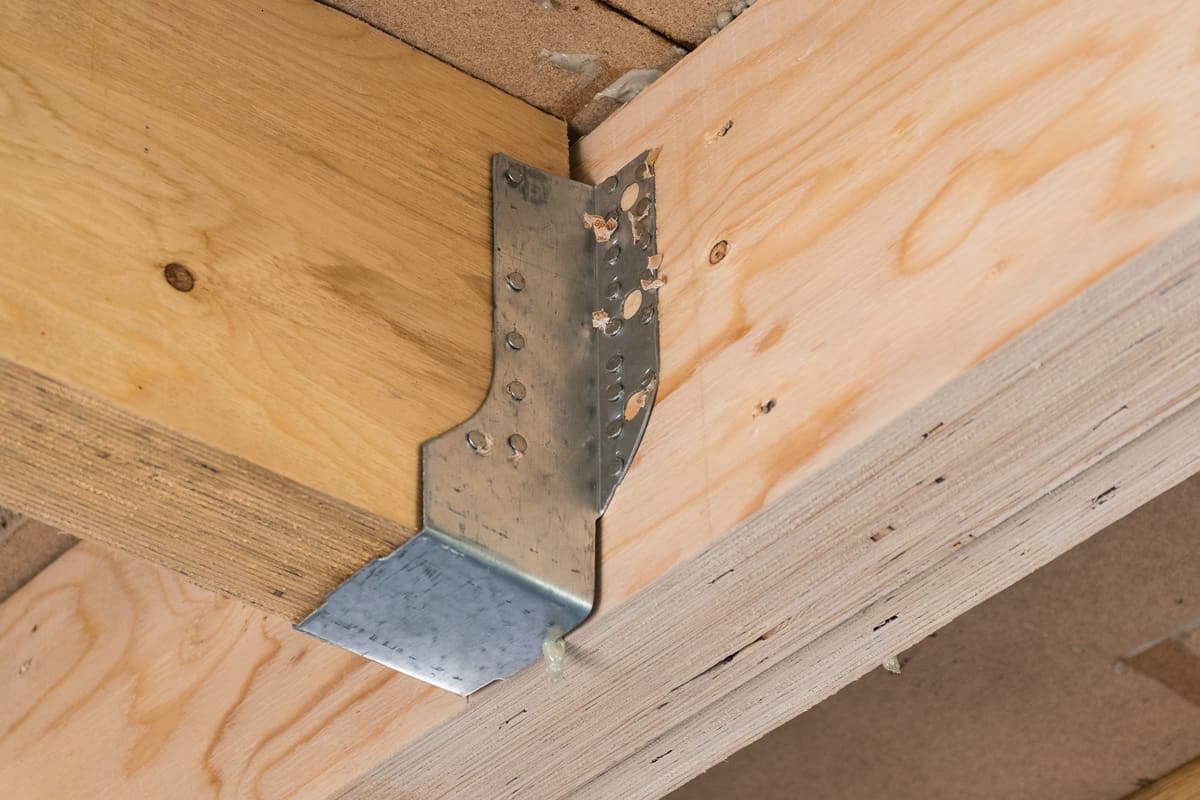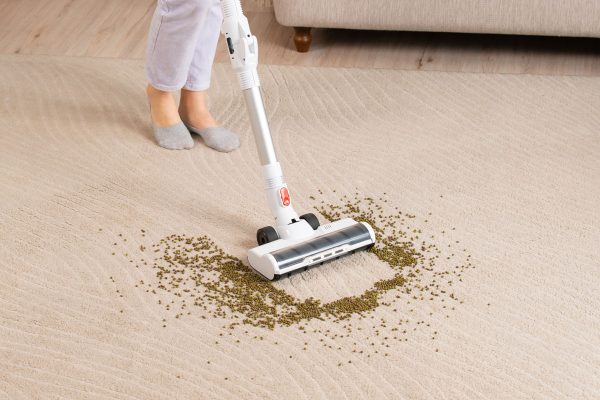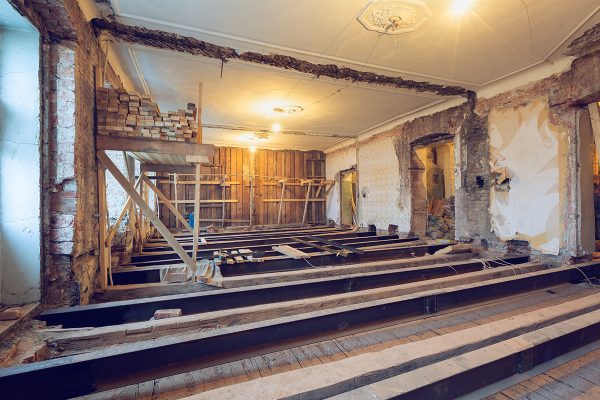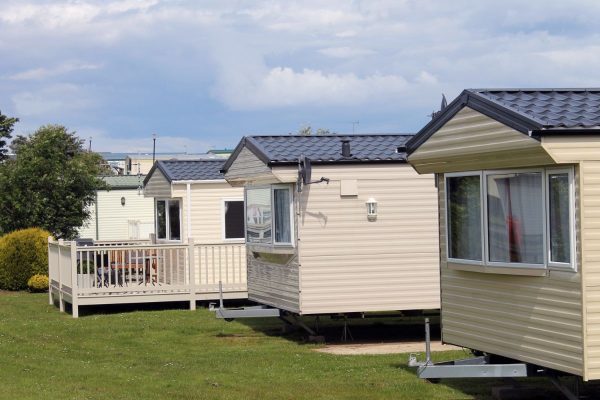A floor joist that is too high can cause accidents at home or indicate that the joists are in bad condition. How can you fix it? We searched and gathered information to let you know what to do.
Two ways to fix a floor joist that is too high or elevated are: to grind down the joist to level with the floor or replace the faulty joist. Prepare cutting tools, bolts, and a measuring rod to check the level of the joist or floor.
Ensuring the floor is level is necessary at home. Find out more about what tools to use and the steps to follow in repairing a floor joist.
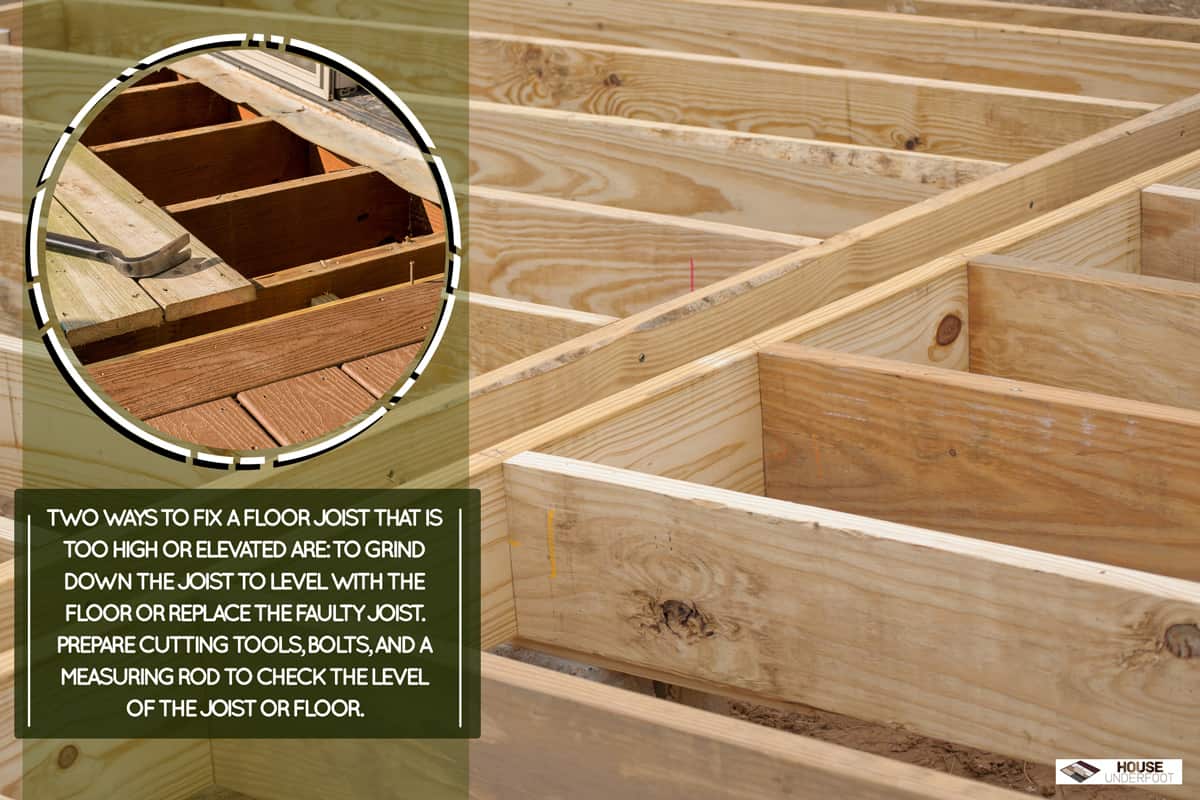
Fixing A Floor Joist That Is Too High
Walking on an uneven floor is uncomfortable and annoying. Floor joists support the overall structure of the floor. Close spaces of joists make the floor carry a heavier load.
To choose the appropriate joists for each construction, you need to consider: the kind of wood to use, its grade, the board size and measurement, the joist spacing, the load the floor needs to carry, and the range of the joists.
Joists become too high or humped due to mistakes in installation and environmental factors such as water or temperature. You can repair a humpy floor joist with only a little height difference with quick solutions such as a self-leveling compound. However, a floor joist that is too raised must be cut, ground, and bolted.
Grinding Down The Joists
One way to level down the floor joist or board is to grind down the affected joists. To do this work, you'll need to prepare some tools. You need to cut open the floor to access the joists underneath.
Gather the ">tools that you need. Get a floor marker, a level bar, a nail puller, a hammer, and a large pry bar for pulling out the flooring to access the joist. Also, take out your wood or floor cutter, a drill screwdriver, a wood planer, and a chisel to level the joist and put back the flooring as if nothing happened.
Here is an easy guide to fixing a floor joist that is too high by grinding down the affected joists:
- Mark the uneven or warped floor with the joists underneath that are too high with a marker.
- Remove the floor nails with a nail puller, a hammer, or a pry bar.
- Cut the affected flooring following the marker on it with a planer.
- Pull out the cut flooring to access the affected joists.
- Use a level bar to see the difference between the affected joists.
- Put a guide wood board attached to the joist with the right size as a guide when shaving off the joist to level. It is to know that the joist reached the leveled height. Attach the guide wood board to the joist with a drill screwdriver.
- Carefully grind down the joist until leveled with a planer.
- Unscrew the guide wood board.
- Bolt a support wood board to both sides of the cut flooring or both sides of the opening to establish more support and sturdy leveling.
- Put back the wood flooring you cut earlier with a drill screwdriver. Make sure to re-attach it firmly and flat. Follow the markings to bolt it to have firm flooring. Observe the floor level by sticking out the measuring tape and level bar, ensuring a flat and even floor joist.
Check out this wood planer on Amazon.
Replacing The Joists
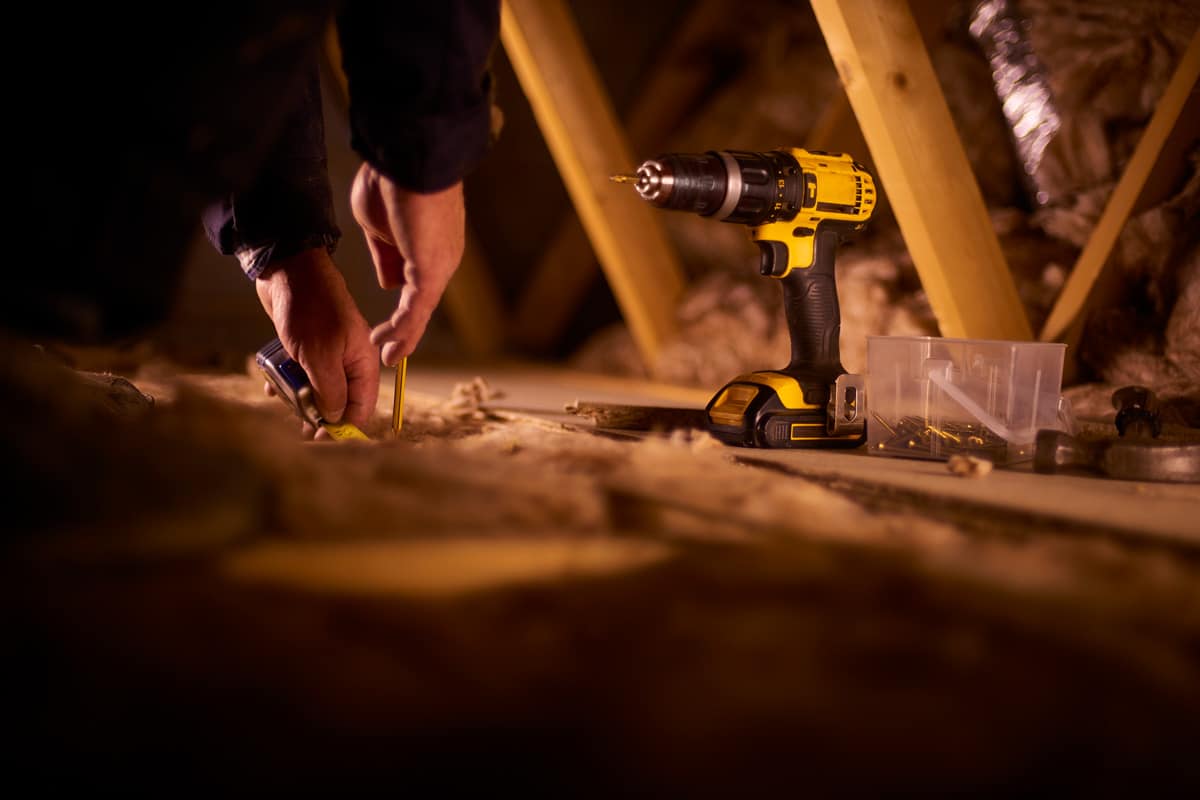
Some joists are over-crowned and create a hump on the floor, causing the floor to be uneven or bumpy. Joists have crowns. It is the crown or arc on top, and they should be attached to the crown on top.
But, sometimes, it happens due to miscalculations or installation errors. A one-inch gap is suitable for replacement. Follow the steps below for an easy guide:
- Mark the affected joist and cut it in half with a marker. If you can do it underneath the house, work directly with the affected joint. But, if there's no way to go underneath it, cut the affected floor area following the instruction in the first guide above.
- Cut through the joist half where the over-crowned part is with a woodcutter or a saw.
- Bolt a new flat joist with a drill screwdriver. For every affected joist, replace the same number of new joists to put in.
- Check the floor with a level bar.
Click here to see this level set on Amazon.
Maintaining Floor Joists
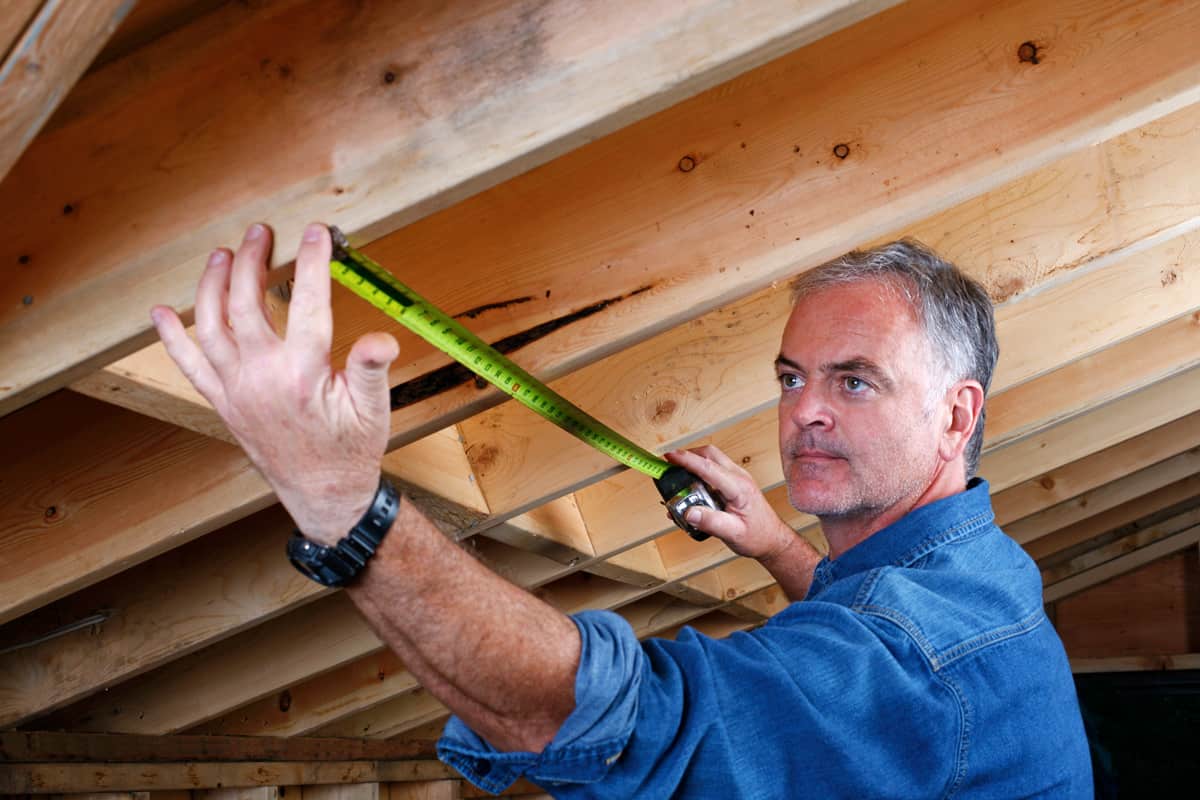
Old floor joists may sag and get damaged in time. But keeping it checked and maintained can give your floor joists a longer lifespan. Floor joists are commonly wooden materials, and there are different ways to keep them clean, dry, and sturdy for a long while.
- Immediately address molds in your floor joists by spraying water, bleach, or vinegar on the affected area. Spray and wipe to dry. Don't let it get soaked with the solution.
- Inspect the joists through the basement or underneath the house. Check any loose materials or cracked or damaged areas. Repair or change the affected joist as necessary.
- Adding support to your floor joist is one good way to make it work longer. Adding beams or walls makes the floor joist stronger. Thus, it can take more load and not easily warp or deepen.
Check out this mold remover spray on Amazon.
Does Sistering Joists Add Strength?
Yes. It supports and strengthens your floor, especially securing a sagging floor. Put another similar floor joist beside the old joist and fasten it together with a drill screwdriver or nail it firmly.
Can You Sister Joists With Plywood?
You can sister joists by using strips of three-quarter-inch plywood. You can also use framing lumber for sister joists. It generally keeps your floor from bouncing or lumping. Using plywood strips to sister joists also patches up flawed or stunted joists.
What Bolts To Use For Sistering Joists?
The recommended size of bolts for sistering joists is three-eighth-inch ones. Though the best option to effectively attach the sistered joist to the old one is with a construction bond or adhesive. But having that size of the bolt is not a problem at all.
Can You Double Up Joists?
Yes, you can. You can add multiple joists to add support to your flooring structure. It's essential to plan the joining or supporting of the joists and should follow the manufacturer's instructions.
Can Joists Be Extended?
You can extend floor joists when adding new walls in the house or extensions. Position them 15 centimeters more than the old walls. The stretched bit will then rest on the block wall. Attach wood to the existing joists and lock them together using bolts.
Are Nails Or Screws Better For Floor Joists?
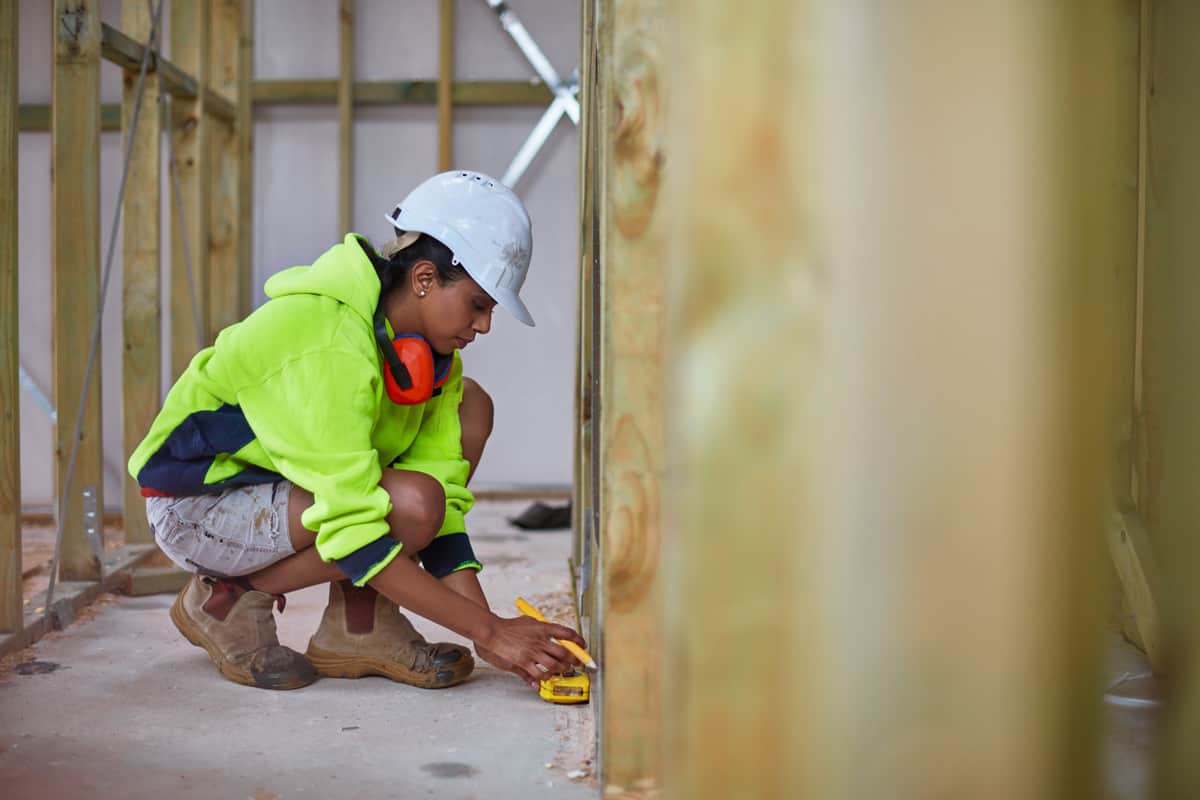
In general, use nails to keep up the joists. And use screws when you need to pin down the joists and strengthen the attachment. Screws grasp things firmer than nails, but they can get easily broken when struck from the side, giving nails the upper hand. For example, a screw is suitable for decks, whereas a nail is preferable to run the joist upwards.
Should I Glue The Subfloor To The Joists?
It is not required by the building codes to glue the subfloor to the subfloor. However, it is a general practice that can give a tight adhesion between the two layers or materials. It prevents floor screeches since there is no space allowed in between due to the glue.
Click here to see this subfloor adhesive on Amazon.
Can I Use Joist Hangers For Floor Joists?
A joist hanger is another material you can use to add strength to your joists and hold each up. It is decorative but provides a solid installation of joists.
Also, you can use joist hangers for floor joists at home, in your backyard, pavilion, or deck. These are brackets with fasteners that you can quickly attach to the joist by the pre-drilled holes.
Check out this joist hanger on Amazon.
In Closing
In repairing a floor joist that is too high, you need the right wood-cutting tools and a drill screwdriver. Warped or over-crowned floor joists should be shaved down or chipped down the arcing joist. A huge gap in the floor level needs a replacement.
Discover more about what you can and cannot do with floor joists in these posts:

